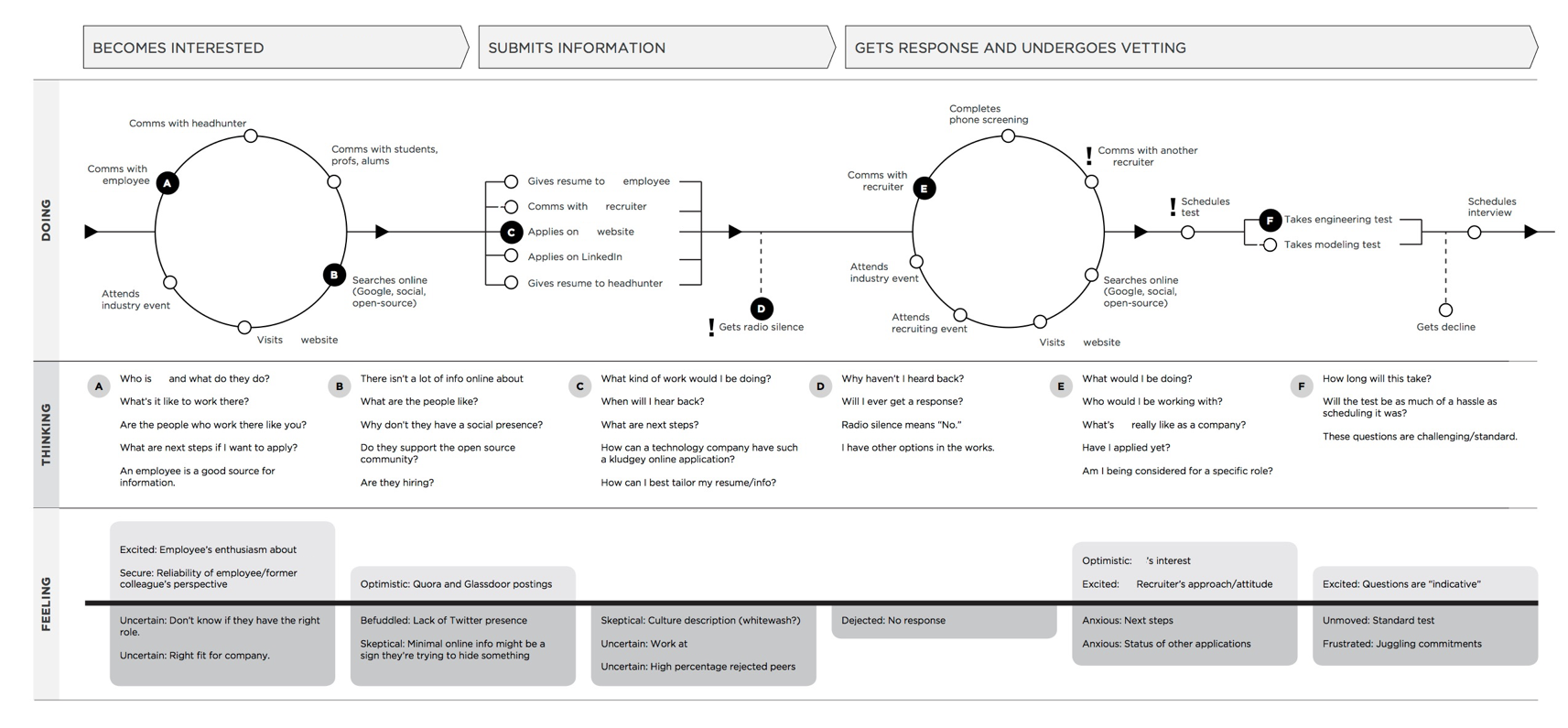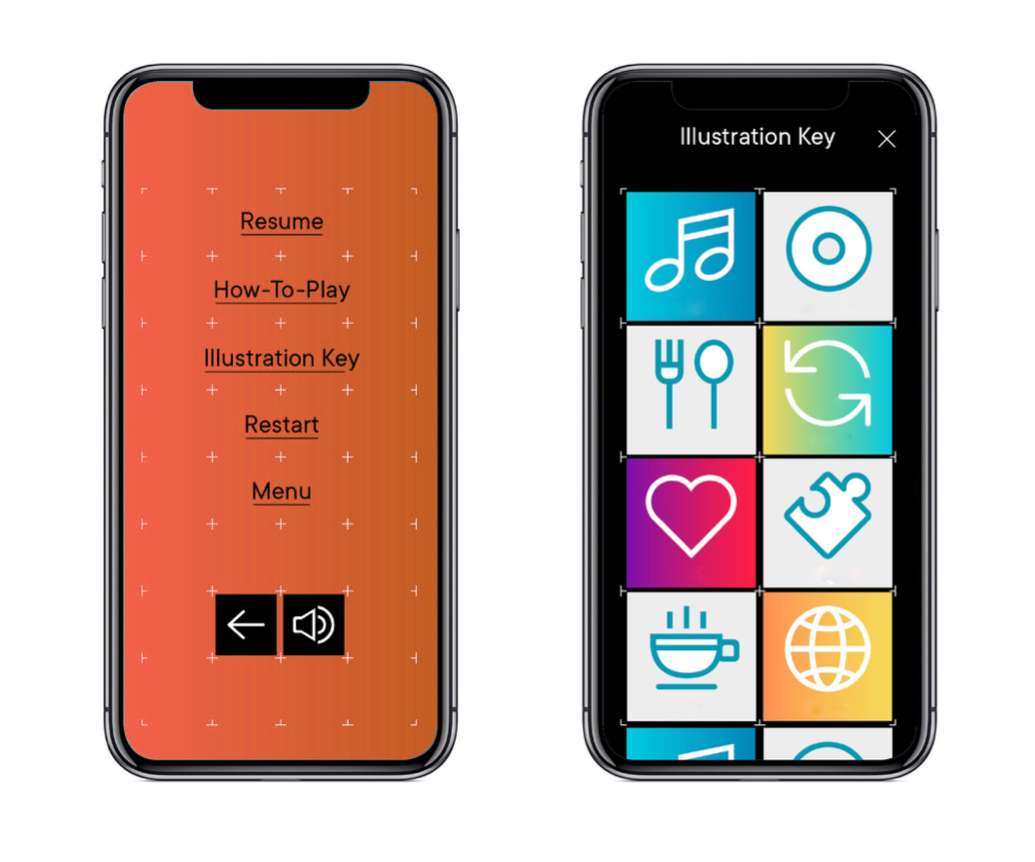3 pillars for building an effective employer brand
Crafting EVPs and employee experiences that move the needle
Employer brand and employee value propositions (EVPs) are on many companies’ radar these days, and for good reason: they can have a measurable impact on business. LinkedIn found that a strong employer brand can lead to a 43% decrease in hiring costs, while a recent Gartner study found that organizations who effectively deliver on their employee value proposition can decrease annual employee turnover by nearly 70%, to name just a few examples.
Employer branding initiatives make a difference to your greatest asset—your employees—while also making a difference to your bottom line. So they shouldn’t be sidelined as internal projects, or thought of only as important to marketing or HR functions. Instead, these efforts should be thoughtfully constructed and rolled out internally and externally in ways that deepen engagement.
Sullivan has decades of experience helping complex businesses bolster their employee experiences. We’ve seen the most success with organizations who keep these three pillars in mind:
1. Dare to be different.
First, when setting out to define an EVP, organizations need to do some soul-searching. Start by interviewing employees, reaching out to past recruits, and researching what makes your organization and your culture shine. Unpack—and get excited about—celebrating what your people are like.
It sounds simple, but few companies do this well. Think of how many corporate value statements you’ve read that sound similar to one another. They might employ vague terms like “team-oriented” or “fast-paced,” boast of “excellence” and “client success,” but rarely go deeper. Terms like these fail to capture why employees enjoy going to work every day—and may make the organization seem more ordinary than it really is.
To move beyond buzzwords, consider what is truly engaging to your employees and recruits. What makes your employees excited about their work? What do you offer employees that your competitors don’t? Who are your people? What do they enjoy doing together?
Imagine, for example, that you’re working at a firm that specializes in the analysis and optimization of complex technical systems. Your team takes pleasure in finding links between seemingly disparate pieces of information or developing the solution to an overwhelmingly complicated problem.
Rather than diluting this into a generic phrase like “Innovation with an impact,” you might try a more culture-specific and personality-driven “Puzzlers with purpose.” Instead of “Turning data into action,” go with something as bold as “Predict the future.”
This specificity, and willingness to stand out, allows the right candidates to get a feel for who you are and easily picture themselves joining your team. As you build out the promises and statements that will define your EVP, remember that being different isn’t a bad thing—it’s the point.
2. Map your employee experience—and commit to continuous improvement.
So you’ve defined a compelling EVP. Now what? It’s time to put it to work as the strategic foundation for enhancing your employee experience on an ongoing basis.
That means first charting out the current experience. In doing so, you’ll gain a deeper understanding of how candidates and employees build relationships with your organization over time, at specific touchpoints. The details matter here: you can see below from a snippet of a tech client’s recruiting journey that no activity is too small.

As we map, we ask ourselves: What is an applicant thinking, feeling, and doing at each stage of the recruiting process? Where are there roadblocks to conversion at each stage? And what are the objectives of each touchpoint—and the moments of opportunity to infuse culture?
Embarking on an exercise like this is especially helpful for identifying quick wins. Our tech client above identified several ways to optimize their recruiting touchpoints following our journey mapping, and even returned to the schematic years later to identify the right moment for an on-brand, interactive game experience for the virtual era.

The journey map acts as a blueprint for the long-term, too. When big changes happen—an acquisition, a new product focus or pivot, restructuring—chart them on the journey so their implications are evident, and so that employee experience effects can be addressed authentically.
3. Engage your organization with ongoing communications.
Communications planning is the last important ingredient. An EVP can’t only live in journey maps or strategy decks. It needs to be activated so that employees across functions are engaged, can unite around the messaging, and derive value from its applications.
In building a communications plan, we start with questions like: What points in our journey represented the biggest opportunities to improve messaging or communications? How can our EVP become tangible for our employees? And how can we best arm teams with tools and assets that both reflect our promises and could make a difference in their work?
When partnering with a multi-billion dollar investment management firm, communications planning was core to our strategy. We uncovered that employees lacked meaningful ways to connect with different internal functions, that the firm struggled to articulate the diversity of thought and talent of their workforce, and that there were few efforts to celebrate culture externally. We developed a communications plan and built all corresponding assets to make progress in each area.
We created an internal digital collaboration tool that acted as both a resource center and an engagement hub, inspiring wide adoption, employee-generated content, and new connections between employees across the firm. We dug deep into the firm’s recruiting strategy and produced widely-shared videos highlighting the diversity that had sometimes been overlooked, helping bring in more high-quality candidates. And we redesigned the firm’s website and revamped their LinkedIn strategy, transforming them into modern talent acquisition tools—and vehicles for celebrating their unique brand and culture.
Choreographing these communications, and prioritizing those that add value to your teams, are critical for engaging your organization and rallying people behind your vision. Together, these pillars make for a win/win: engaged, happy employees and the business impacts to match.